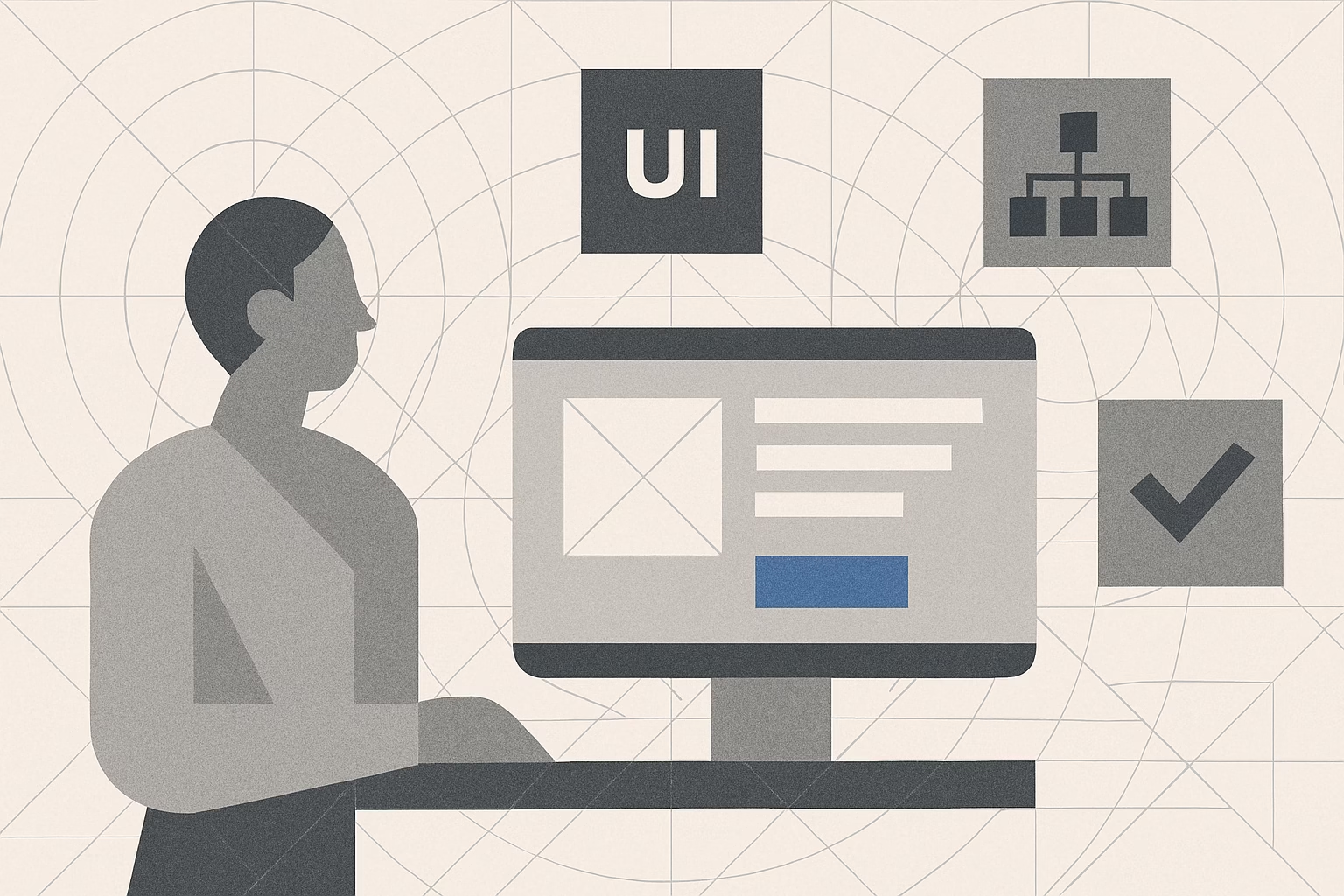Discover how to harness the power of analytics and user behavior to craft a bespoke user experience that resonates with each individual. Learn to blend insight with creativity to design interfaces that feel tailor-made.
In today’s competitive landscape, understanding your users is paramount. Data-driven design places quantifiable insights at the heart of the creative process, transforming raw data into meaningful design strategies. By analyzing user behavior and engagement metrics, you can craft a bespoke UX that not only captivates but also retains users.
Understanding Data-Driven Design
Data-driven design isn’t just about numbers; it’s about interpreting trends and patterns to establish a clear picture of your users’ needs. This approach encourages designers to ask the right questions: Which features delight users? Where do they encounter friction? The answers can reveal opportunities for refinement and innovation, allowing you to build an experience that feels personal and intuitive.
Leveraging User Data for Insightful Decisions
Collecting user data through surveys, A/B testing, and advanced analytics tools can offer invaluable insights. Heatmaps and session recordings, for instance, reveal how users interact with your interface, highlighting areas for improvement. By integrating these insights into your design process, you can make calculated adjustments that elevate functionality and aesthetic appeal.
Tools and Strategies for a Bespoke UX
The right toolkit can make a world of difference when designing a tailored user experience. Tools like Google Analytics, Hotjar, and Mixpanel help track user interactions and generate reports that drive decisions. Employing these tools to segment your audience and track behavior over time lets you personalize the experience to varying user groups. Combining qualitative feedback with quantitative data creates a holistic view, ensuring that every design tweak serves to enhance usability and connect with your audience on a deeper level.
Real-World Impact and Success Stories
Numerous companies are already reaping the benefits of a data-driven design approach. By implementing personalized design elements based on user behavior insights, these organizations have significantly boosted conversion rates and fostered stronger user engagement. Such success stories underscore that when you build your UX on a foundation of real user data, the result is not a generic interface, but one that feels thoughtfully tailored to your audience’s needs.
Conclusion
Merging creativity with analytics transforms the design process, allowing you to create a bespoke UX that truly resonates. By placing data at the center of your decision-making and continually iterating based on user feedback, you set the stage for a product that not only meets expectations but exceeds them. Embrace data-driven design and let it guide your journey toward crafting user experiences that are as unique as the individuals who use them.


